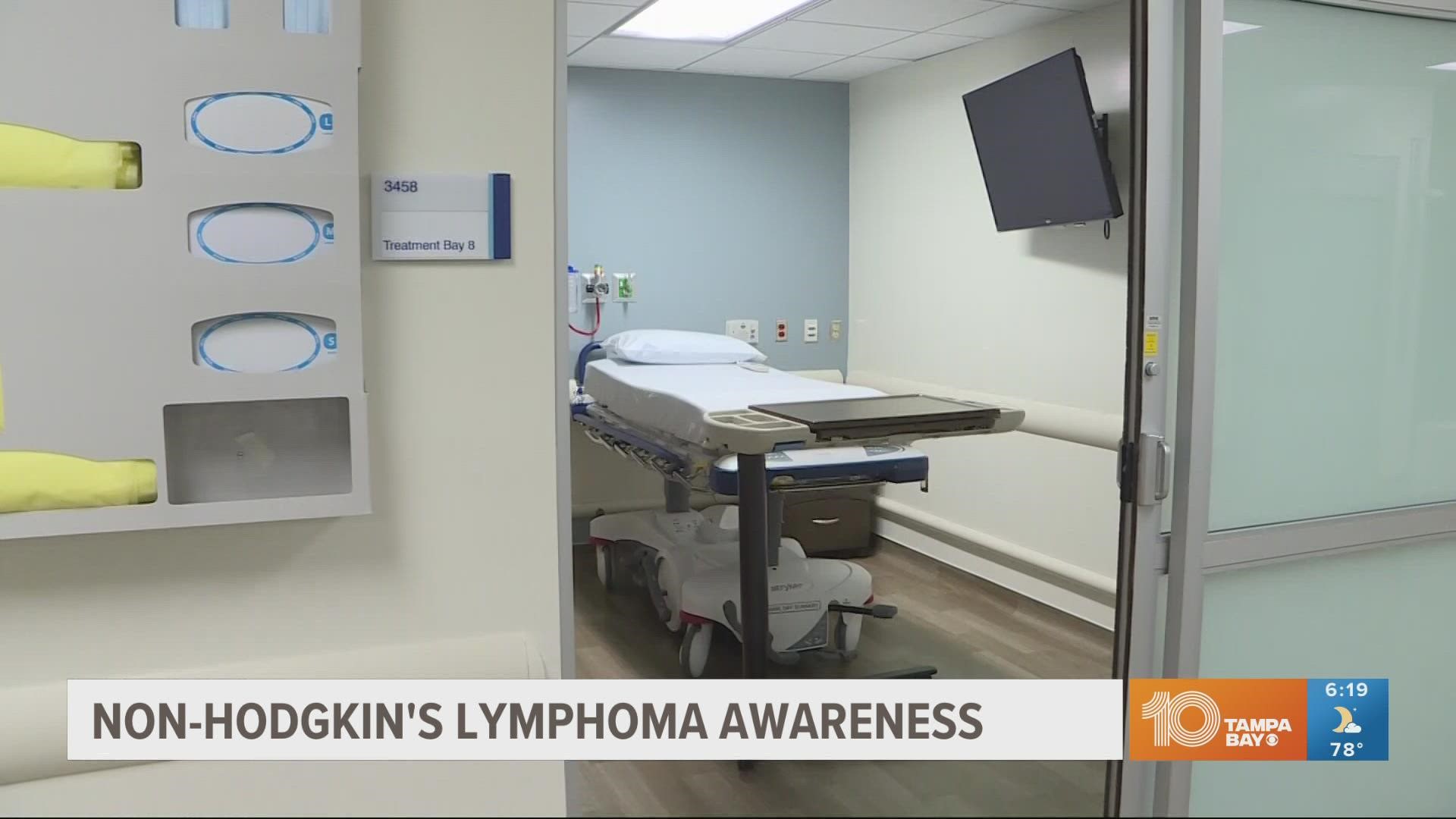TAMPA, Fla. — Actress Jane Fonda recently revealed she was diagnosed with Non-Hodgkin’s Lymphoma, putting the disease in the spotlight.
Dr. Kamal Sharma, medical oncologist and hematologist for The Oncology Institute of Hope and Innovation in Lakeland explains its symptoms and how far treatment has come.
She says, “Non-Hodgkin’s Lymphoma is a disease of the lymphocytes and these are really immune fighting cells.”
She says you can picture the system like a string of lights. “If you think of the lymph nodes like the bulbs on those string of lights, those strings of lights really make up your veins and your arteries, and so these lymph node bulbs can be almost anywhere in the body.”
There are 70 different types of Non-Hodgkin’s Lymphoma that fall into two categories, the B-cells and T-cells. Fonda revealed in a blog post that she has B-cell, which Dr. Sharma calls more treatable.
It mainly affects people over the age of 65 and like many diseases, the earlier the diagnosis, the better for treatment. Dr. Sharma says symptoms include “fevers, night sweats, chills, being really tired and a lot of times people will feel lumps or bumps in their neck, their armpits or their groin most commonly.”
She says risk factors are hard to pinpoint. While there are hereditary cases, there are also cases linked to environmental exposure and autoimmune disease. Imaging like CAT or PET scans helps doctors determine treatment.
“A lot of the times we’re using chemotherapy but now in combination with targeted therapies, or what we can monoclonal antibodies.”
She says, “this is sort of what spares you from losing your hair or feeling so sick, and so you can sort of live with this,” explains Sharma.
Dr. Sharma says typically patients have about six cycles of chemo, followed by maintenance therapy for up to two years to make sure the cancer doesn’t return.

